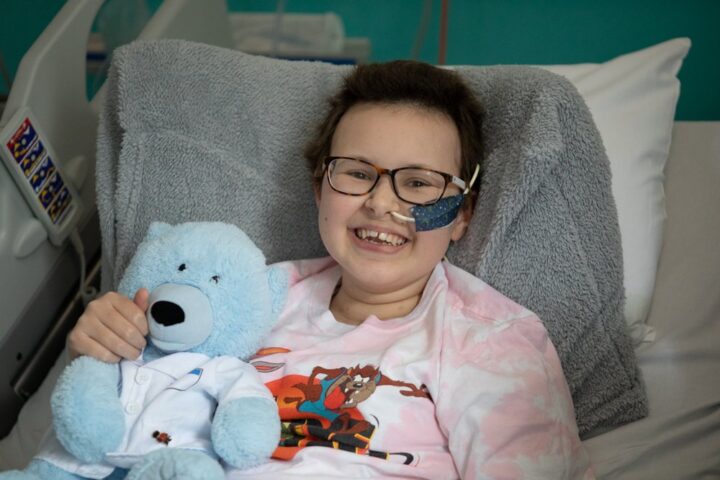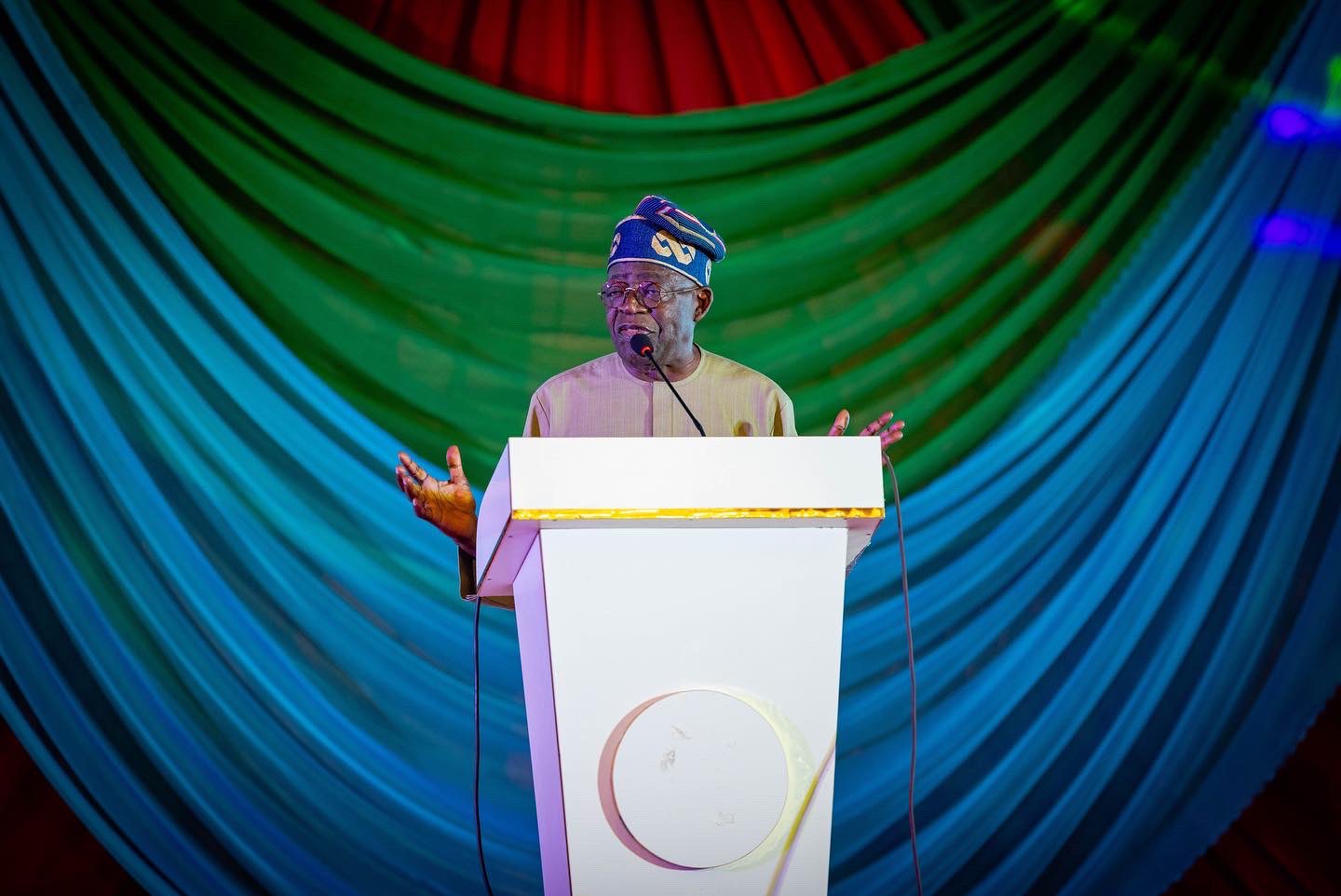Photo: www.gosh.nhs.uk
A 13-year-old girl, identified as Alyssa, is now free of “incurable” cancer after benefitting from a revolutionary type of therapy.
The treatment, known as base-editing, was carried out by doctors at Great Ormond Street Hospital, United Kingdom.
Alyssa was diagnosed with T-cell acute lymphoblastic leukaemia in May 2021 and had tried several other treatments.
Chemotherapy as well as a bone-marrow transplant were not successful in curing the cancer, and there was reportedly no further treatment option available.
Advertisement
But six months after the base editing treatment, the cancer is undetectable.
She is, however, still being monitored.
WHAT IS T-CELL ACUTE LYMPHOBLASTIC LEUKAEMIA?
Advertisement
T-cell lymphoblastic leukaemia is a type of leukaemia that develops from immature lymphocytes, a type of white blood cell. It leads to gene changes that cause the blood cells to grow out of control.
‘Acute’ shows the leukaemia progresses too quickly.
T-cells, a type of lymphocyte, develop from stem cells in the bone marrow and help protect the body from infection.
But in Alyssa’s case, her T-cells which should have been her source of protection, became the danger and were growing out of control.
Advertisement
HOW DOES THE TREATMENT WORK?
Difficult-to-treat leukemias are usually treated with Chimeric antigen receptor (CAR) T-cell therapy that takes and trains T-cells from the body to seek out cancerous cells.
But this method cannot be used for T-cell leukaemia because the T-cells designed to recognise and attack cancerous T-cells also end up killing each other during the manufacturing process before they can be given as a treatment.
So, the researchers used base-editing, a process where the doctors and scientists were able to engineer a new type of T-cell that was capable of hunting down and killing Alyssa’s cancerous T-cells.
Advertisement
They collected healthy T-cells from a donor and set about modifying (editing) them.
The first base edit disabled the donor T-cells’ targeting mechanism so they would not attack the patient’s body. The second removed a chemical marking, called CD7, which all T-cells carry. The third edit made the T-cells invisible to other cancer treatments.
Advertisement
The final modification gave the T-cells the ability to identify and attack anything with the CD7 marking on it so that it would destroy every T-cell in her body — including the cancerous ones.
‘REMARKABLE’
Advertisement
Speaking in December 2022, Robert Chiesa, a consultant in bone marrow transplant at the hospital, said since Alyssa got sick with leukaemia, she never achieved complete remission.
“This is quite remarkable, although it is still a preliminary result, which needs to be monitored and confirmed over the next few months,” he said.
Advertisement
“The entire team here at GOSH are extremely happy for Alyssa and her family and it’s been a privilege to work with them over the past few months.
“We have been very impressed by how brave she is and nothing makes me happier than seeing her outside the hospital, going back to a more normal type of life.”
Add a comment






